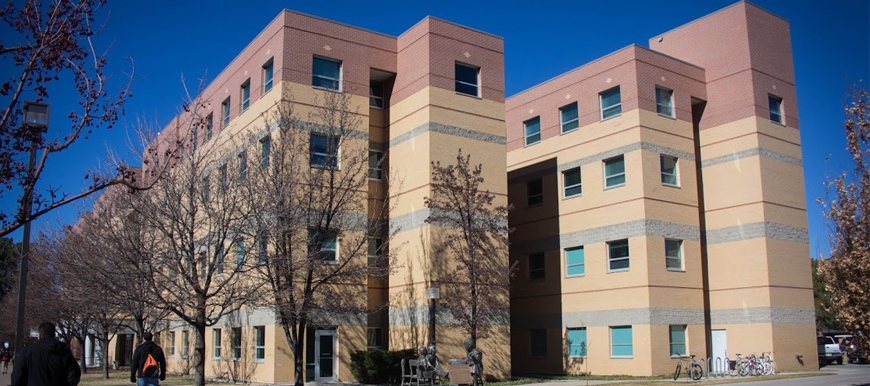Education program rates top in state
The Emma Eccles Jones College of Education and Human Services at Utah State University trains well for top social service jobs and has high job-placement rates, according to a recent U.S. News & World Report released on the top 100 jobs to have.
School psychologist is ranked as the top job in the social services category, according to the report, a job that CEHS provides training for. Other top jobs are speech-language pathologist and elementary, high school and middle school teacher.
CEHS has been in the top two percent of all schools of education across the country for the past 15 consecutive years and is currently ranked at number 28, said Francine Johnson, associate dean for graduation, licensing and accreditation, and elementary education professor for CEHS.
“The students are not only in a strong teaching and training program, but they are also above-average ability,” Johnson said.
Students admitted into the School of Teacher Education and Leadership have overall higher GPA and ACT scores than the average USU student, she said.
The School of Teacher Education and Leadership conducted a survey about four years ago to solve the urban legend that Utah superintendents particularly like to hire USU graduates, since there was nothing to substantiate the rumor, Johnson said.
A question asked in the survey was “If the only thing you knew about your teacher applicant was where they graduated from, which university would you have preference for?”
“68.2 percent favored USU … and that is from a large response rate from superintendents,” Johnson said. “USU is the top producer of early childhood and special education and elementary teachers for Utah public institutions.”
The amount of real-world experience and training students in CEHS receive is unique, which is something that sets USU graduates apart, Johnson said.
“Job placement is always important,” she said. “A student’s going to come here because they want a career, basically. So, we find it important that we maintain a strong relationship with public schools so we know what they need.”
Annually, CEHS asks for feedback from local schools and districts on their needs and what can be done to better train future educators or those who could be doing social work in the districts.
Janalie Jensen, a USU graduate from CEHS, came in contact with the elementary school that eventually hired her for the coming school year through the Teacher Fair at USU before she graduated in last spring.
“I gave out probably 12 resumes and had five schools contact me seriously interested in interviewing me for the job, and then there were a couple of out-of-state that I decided not to interview with,” Jensen said. “I gave this school my information. … They contacted me soon after and set up an interview. I had my job the next week. It was a fast, whirlwind experience.”
Jensen teaches fourth grade at Summit Academy in Bluffdale, a new school that opened when she started in August 2014. Being in the heart of University of Utah and Brigham Young University territory means she works with educators who graduated from different universities, leading to discussion about each teacher’s university experience, Jensen said.
“When I tell them how much experience I’ve had in a classroom, whether observing or helping, they’re amazed that I’ve been in a classroom that much,” Jensen said. “In college, them letting us into real-life classrooms really helps, and it’s unique. Most schools don’t have that ’til they student teach.”
The way programs in CEHS are set up is to help students get as much hands-on, real-world experience with what they want to do as possible, Johnson said. This also helps those who thought they might want to teach know if that’s really what they want from the beginning of their training.
For Lauren Adamson, a junior majoring in family and consumer sciences, there is also good real-world experience and training.
“Every student is required to do a practicum, which is a semester where you are out in the work field. You don’t have any classes, and you just go out and work,” Adamson said. “Places where you do practicum or places similar will often hire you.”
The department helps students find a place that is in the kind of work environment they may be interested in working in, she said, and as long as they are doing what they love, that’s what counts.
Adamson is currently deciding where to do her practicum, hoping to have an emphasis with helping families or youth. There are options with working in adoption agencies or even shadowing in a therapy office — two things she said she may be interested in doing, due to listening to guest speakers brought in by CEHS to talk about their own jobs.
“Obviously, I’m nervous to enter the real world, but I feel like they have prepared me as much as they can, and the rest is up to me,” Adamson said. “As long as I am doing all I can and taking it seriously, I think I’m going to be ready.”
To learn more about the U.S. News and World Report on social service jobs, visit www.usu.edu/ust/index.cfm?article=54472&nl=413.
— mandy.m.morgan@aggiemail.usu.edu

